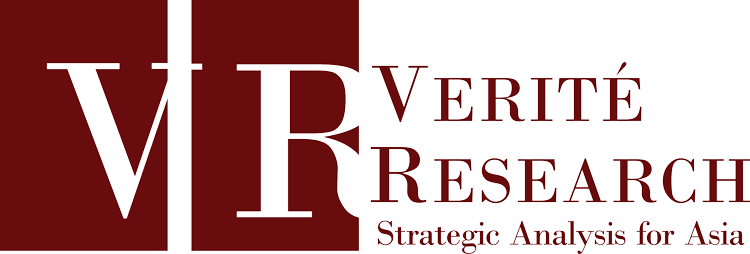Sri Lanka’s new personal income tax structure reduces tax burden across income groups
Abstract
In his recent address to Parliament, the President announced proposed reforms to Sri Lanka’s Personal Income Tax (PIT) system. These changes include raising the tax-free monthly income threshold from LKR 100,000 to LKR 150,000, as well as adjusting the tax brackets to offer substantial savings for taxpayers. At the same time, these proposals reinforce Sri Lanka’s position as one of the region’s least taxed countries for lower-income earners.
Sri Lanka already provides the highest tax-free threshold and a comparatively lower tax burden for low-income earners than most other South Asian countries, with the exception of the Maldives. In a previous blog, PublicFinance.lk noted that Sri Lanka’s current tax-free income threshold of LKR 100,000 per month is higher than those in Bangladesh (LKR 75,682), Pakistan (LKR 54,710), and India and Bhutan (approximately LKR 91,000). However, while income earners below LKR 250,000 per month enjoy relatively low tax obligations, the burden beyond this amount rises sharply to the highest in the region.
The proposed changes to Sri Lanka's PIT structure offer substantial reductions in the tax burden for all income groups (below LKR 300,000 per month) compared to the current system.
Individuals earning below LKR 250,000 per month—who already enjoy significantly lower tax burdens than the regional average—will benefit even more. For example, someone earning LKR 200,000 currently pays 5.25% (LKR 10,500) in taxes, but this will drop to just 1.5% (LKR 3,000) with the proposed changes.
Individuals earning between LKR 250,000 and LKR 300,000—who currently pay more than the South Asian average—will now face a reduced tax burden. For instance, someone earning LKR 300,000 would see their tax liability fall to around 6%, compared to 12% under the current system.
Note
Description
This infographic was posted on the Public Finance Platform in English and can be access from the link below.
Related Source
https://publicfinance.veritenet.org/en/topics/new-personal-income-tax-structure-1734697513Collections
- Infographics [189]

